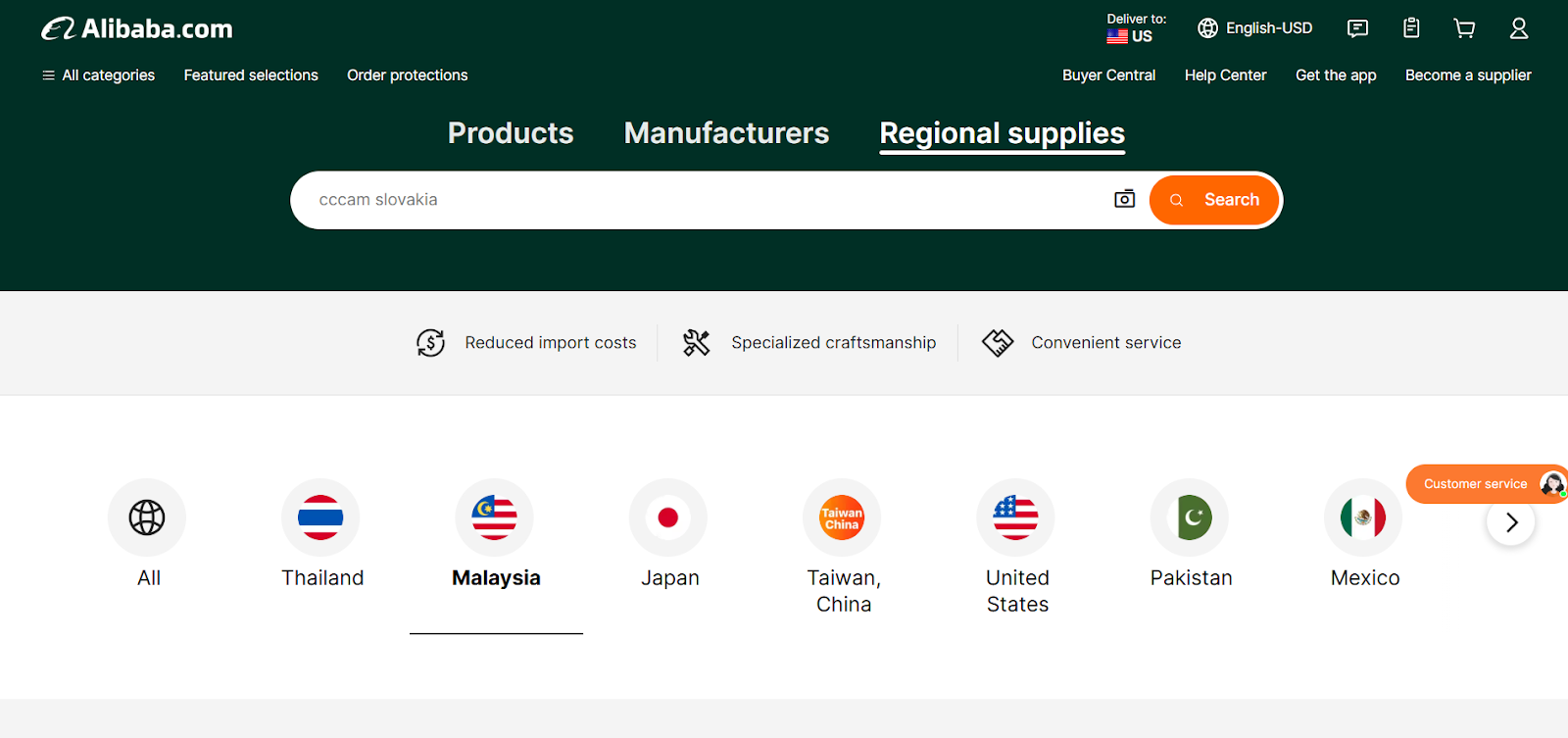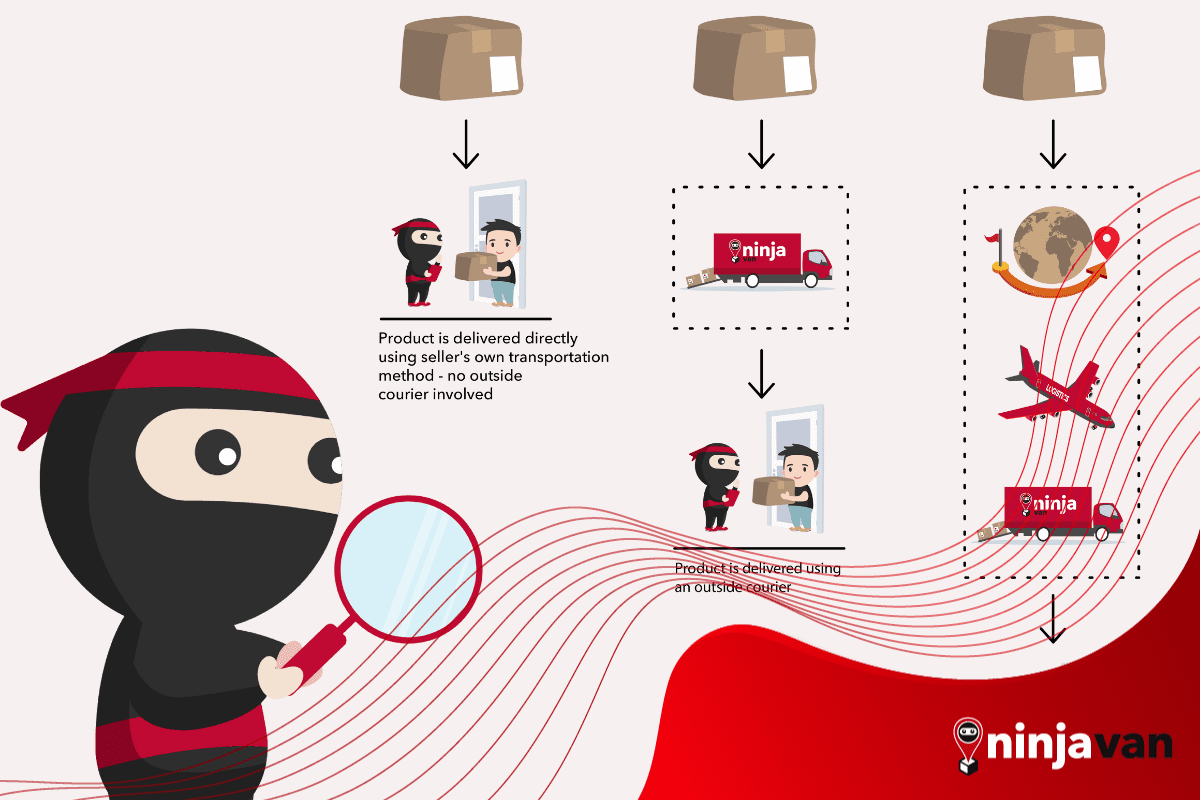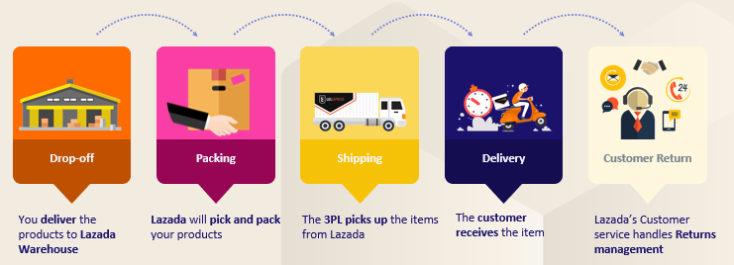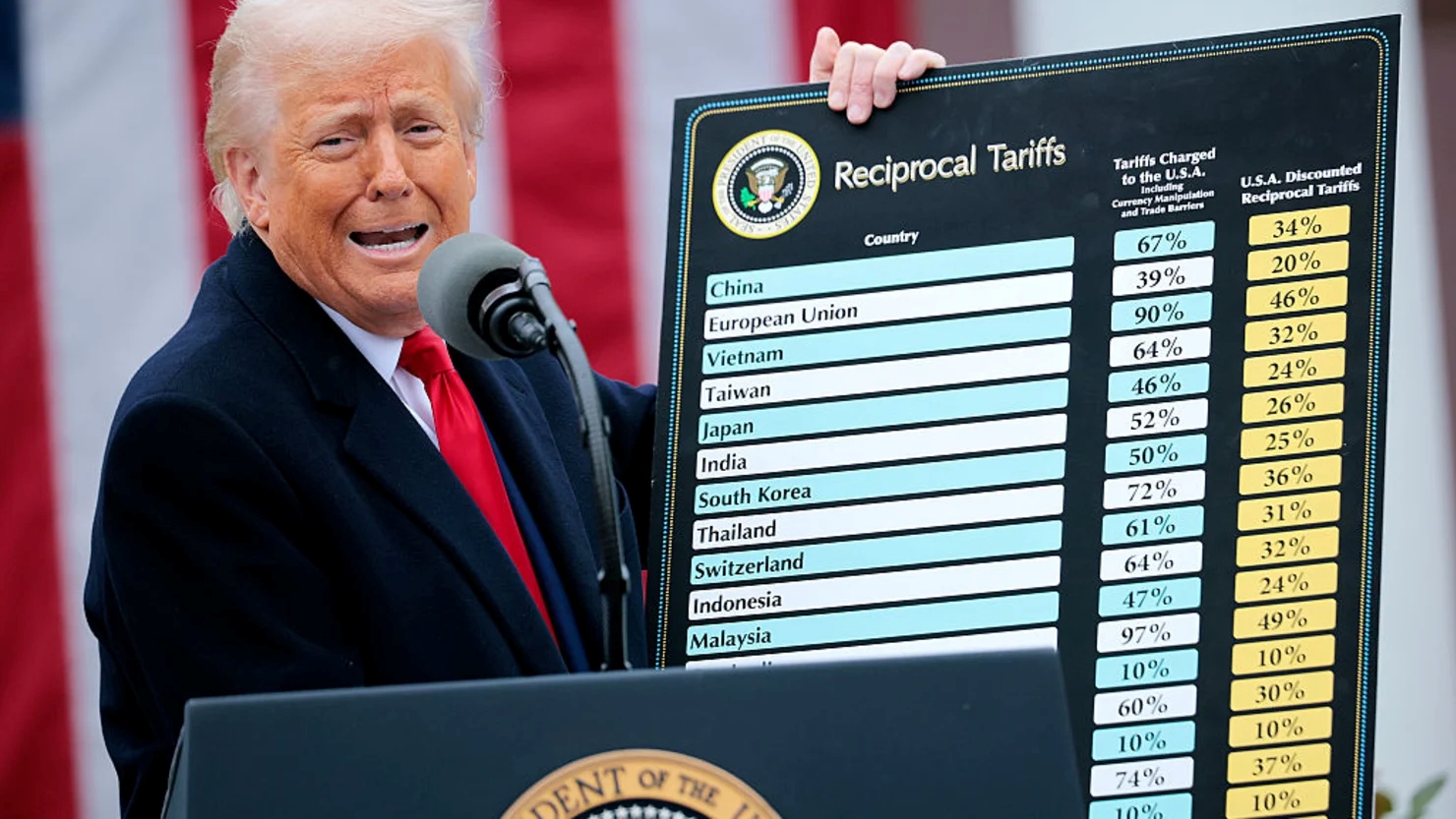How E-Commerce Businesses Can Overcome Trade War Challenges with Strategic Supply Chain Management
Erra 14 Apr 2025 08:58EN
The growth of e-commerce in Malaysia, especially through platforms like Shopee, Lazada, and TikTok Shop has made it easier than ever for people to start selling online. However, sellers now face serious challenges due to rising logistics costs, global uncertainties, and new US tariffs, especially to those that depend heavily on overseas suppliers.
To help you stay prepared, here are 5 strategies to protect your online business from these kinds of supply chain problems in 2025.
Diversify Your Suppliers
Relying only on one country only like China for all your products can be risky. If something goes wrong there due to the new tariff, shipping delay, or policy change, your whole business could be affected. That’s why it’s smart to spread out your sourcing.
You can start by working with Malaysian suppliers. The delivery is much faster, and you don’t have to deal with customs or pay import taxes. Plus, customers appreciate quicker shipping.
Next, look into other ASEAN countries like Vietnam or Thailand. They also offer affordable manufacturing costs, and in some cases, better flexibility than China.
If you sell things like clothes, accessories, or electronics, countries like India or Turkey can be great alternatives too.
You don’t need to change everything at once. Just start by finding a few backup suppliers through Alibaba or even local online trade directories. That way, if one source gets disrupted, you’ve already got a Plan B.

Keep Stock Locally
Dropshipping might save money upfront, but it quickly becomes a headache when shipping delays hit especially if you’re sourcing from overseas. Customers don’t want to wait weeks for their orders, and long delivery times can lead to complaints, cancellations, or bad reviews.
To avoid this, keep your best-selling products in stock within Malaysia. When an order comes in, you can fulfill it quickly without worrying about customs or international shipping.
If you don’t have your own storage space, use 3PL services like Ninja Van or GDEX. These companies can store your inventory and handle delivery for you to make the process smoother.
You don’t need to stock everything. Use a hybrid model: dropship the slower-moving, niche products, but stock the fast-selling items locally. This way, you get the cost-saving benefit of dropshipping while still giving your customers fast delivery for popular items.

Negotiate Better Shipping Rates
Shipping costs are going up, so you need to be smart about how you manage deliveries. You can start by comparing shipping options. Shopee and Lazada offer their own built-in logistics, but sometimes third-party couriers like J&T or Pos Laju may give you better deals or faster service, depending on your needs. Don’t just stick with the default, compare and choose what works best for each product.
If you ship a lot of items, try to negotiate bulk shipping rates. This can cut your costs by 20–30%, especially if you're using the same courier regularly.
Also, balance your use of air and sea freight wisely. Air shipping is faster but more expensive, so use it for urgent restocks or trending items. Sea freight is slower but cheaper, perfect for large orders of stable, ongoing stock.
If you’re selling on Lazada, look into their Fulfilled by Lazada (FBL) program. They offer lower rates for storage and shipping if you qualify, which can help reduce your logistics costs even further.

Adjust Pricing & Promotions
When your costs go up, whether from shipping, tariffs, or supplier changes, you don’t always have to raise prices drastically and scare customers away.
Instead, increase prices gradually, like by 5–10% at a time. Small adjustments are less noticeable and won’t shock your customers. It’s also easier to maintain your sales this way.
Another way to keep your profit margins healthy is through bundling. For example, if you’re selling a phone case, pair it with a screen protector and sell both as a set at a slightly higher price. It feels like a good deal to buyers even if the price is technically higher.
You can also offer discounts for slower shipping. Say something like “Save 15% if you choose the 14-day shipping option.” This helps you reduce logistics costs while still keeping the sale.

Stay Ahead of Global Trends
If you want to avoid being caught off guard, always stay updated on what’s happening around the world, especially when it comes to trade and e-commerce.
Keep an eye on policy changes from sources like MITI, the Federation of Malaysian Manufacturers (FMM), or U.S. trade news.
Use tools like Google Trends to see what people are searching for. This helps you spot product demand early and adjust your inventory or marketing strategy accordingly.
Also, join online seller communities, like Facebook groups or Telegram channels, where other sellers share what’s working for them. These spaces often give real-time info you won’t find in the news.

Ready to Build a Shock-Proof Business in 2025?
The challenges in global supply chains like sudden shipping delays, rising costs, or supplier shutdowns can no longer be solved with simple or manual solutions. You need smarter systems that not only respond quickly when problems arise but also help you prepare in advance to avoid major losses.
BigSeller provides the tools to do exactly that. It has features like:
-
Purchase Suggestions that use data to calculate exactly how much stock you need to order, whether you’re running low or completely out, so you can avoid stockouts and unnecessary costs.
-
Purchase Order management that makes the buying process easier and more efficient.
-
Supplier List management that keeps all your supplier info in one place, so you can act fast if something goes wrong with one of them.

Instead of just surviving disruptions, your business can stay strong and even grow during tough times. Sign up for BigSeller today to build a shock-proof business!
Don’t forget to subscribe to our WhatsApp Channel to get the latest e-commerce updates straight to your phone.




